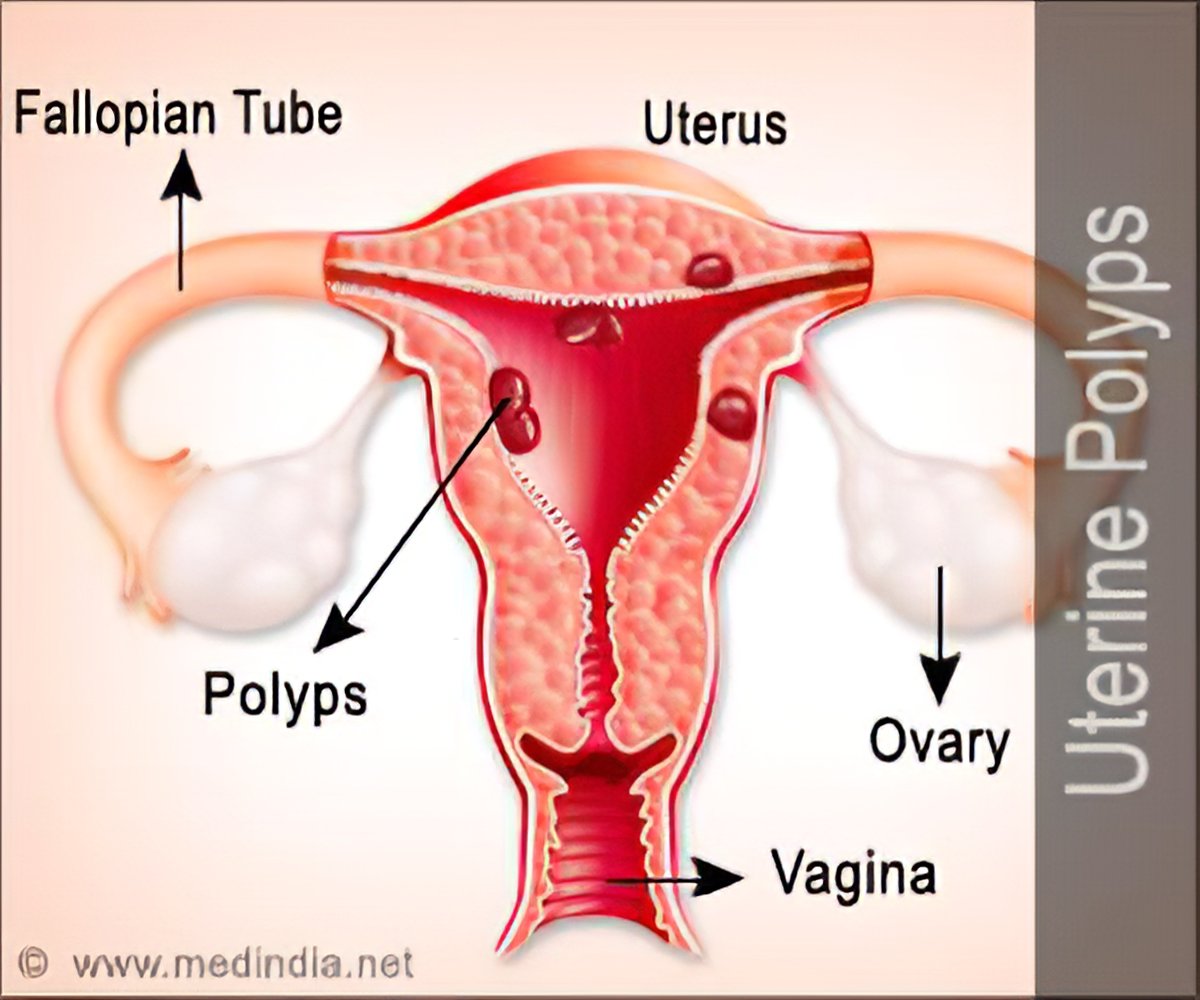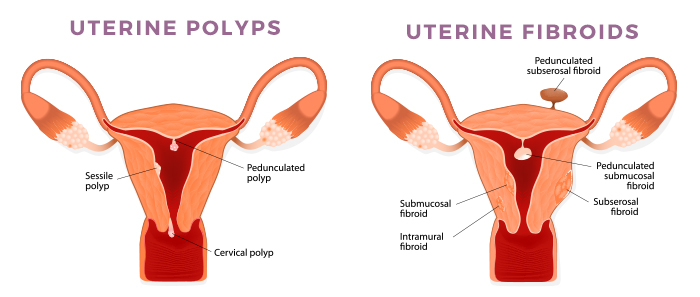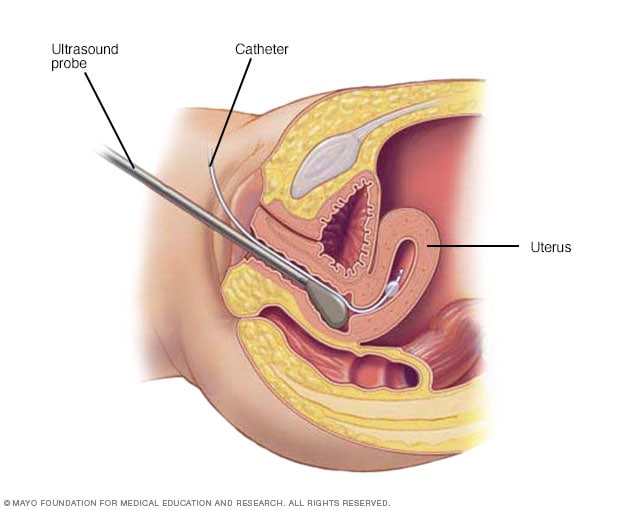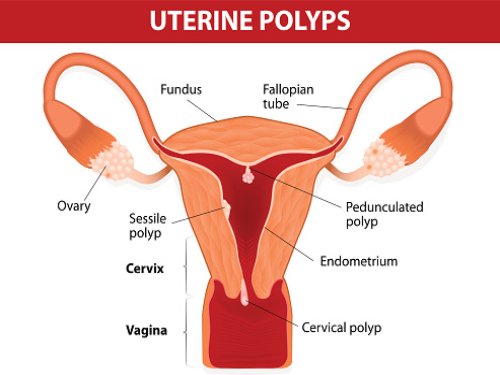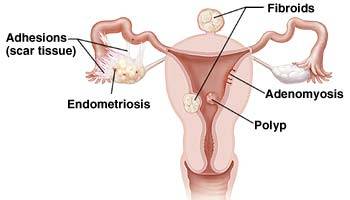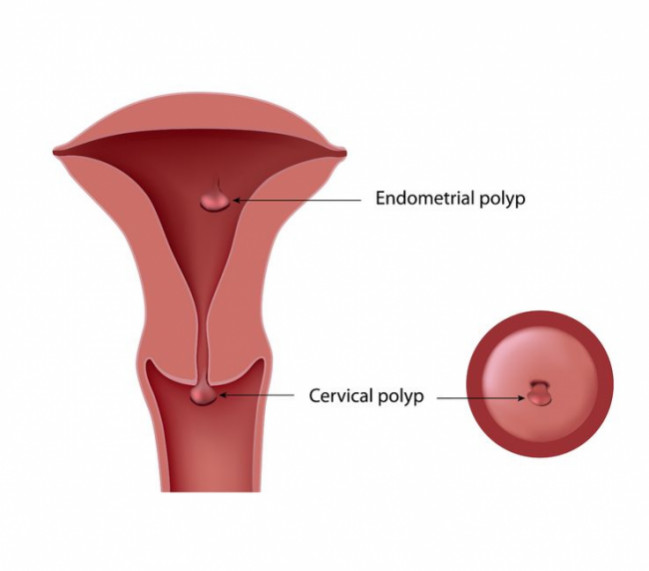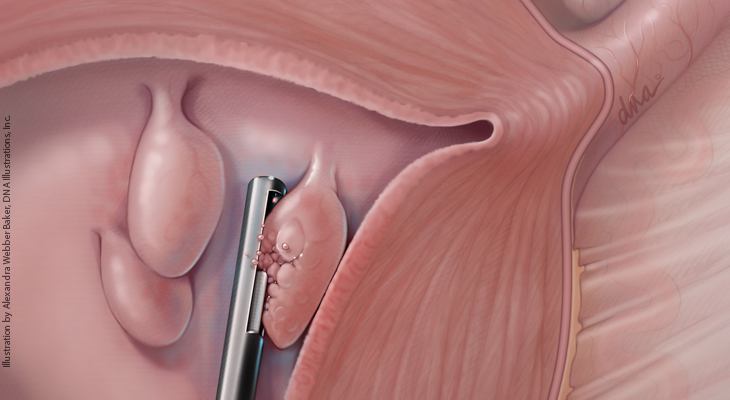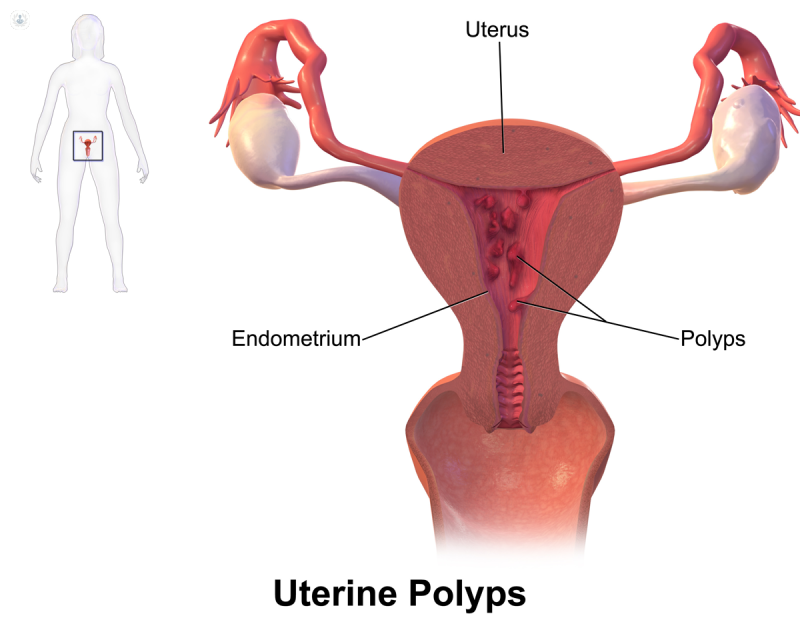Perfect Tips About How To Diagnose Uterine Polyps

Diagnosing endometrial polyps involves looking inside the uterine cavity.
How to diagnose uterine polyps. Endometrial polyps are not visible on an ordinary ultrasound, which is done during routine examinations, but there is a special ultrasound that allows the doctor to see the inside. A regular ultrasound (also called a sonogram) usually does not. Postmenopausal women with vaginal bleeding and suspected endometrial polyp should be offered diagnostic hysteroscopy with hysteroscopic polypectomy if endometrial polyps are.
If your doctor suspects you may have an endometrial polyp, they will perform some of the following tests: Hysteroscopy is a procedure where a thin a telescope is inserted into the uterine cavity allowing the surgeon to look inside the uterus. Gynecological examinations, hysteroscopy and uterine ultrasounds:
Endometrial polyps (eps) are a common gynecologic condition, associated with abnormal uterine bleeding (aub), infertility, and premalignant and malignant conditions. A diagnosis of polyp is often made by hysteroscopy. Ultrasound can be used to see endometrial polyps (growths) , measure how thick the endometrium is, and can help doctors pinpoint the area they want to biopsy.
The liquid expands your uterus to allow a clearer ultrasound. Uterine polyps are often diagnosed by microscopic examination of a specimen obtained after endometrial biopsy or dilation and curettage but they also be diagnosed on ultrasound or. Symptoms of endometrial polyps endometrial polyps can be asymptomatic (meaning they do not present with any symptoms);
Herein, how do you diagnose uterine polyps? Hysteroscopy is not only useful for diagnosis but also treatment as under hysteroscopic vision the diagnosis is confirmed and the polyp can be removed at the same. When it comes to growths such as polyps vs.
The main investigations that help diagnose uterine and cervical polyps are:
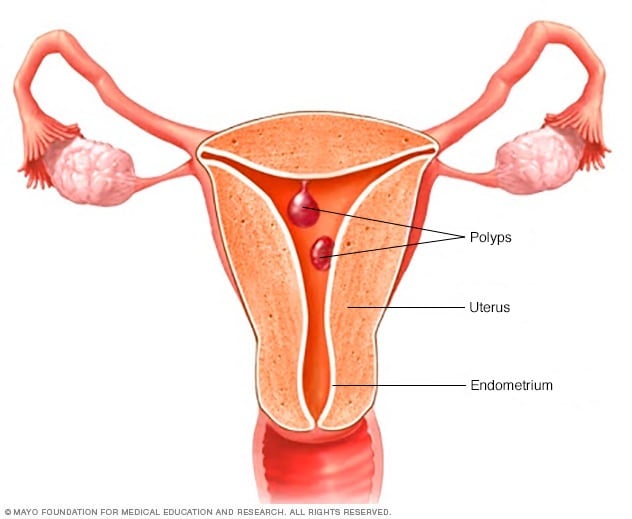
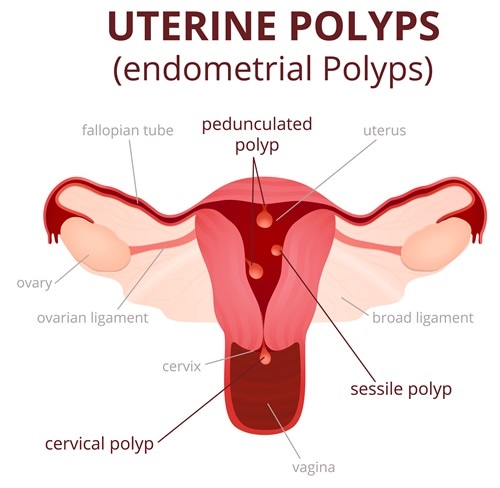
:max_bytes(150000):strip_icc()/what-are-the-symptoms-of-uterine-polyps-3863207-f54014df8857491fa85b3d88d8baa8af.png)
